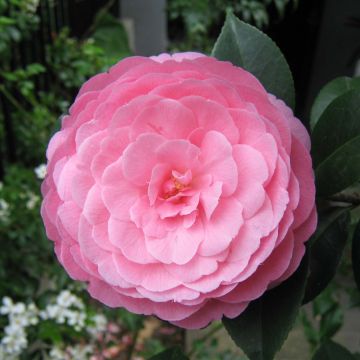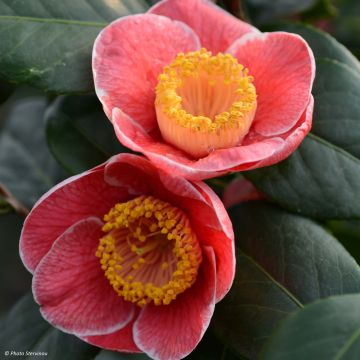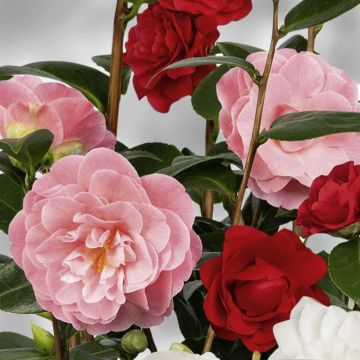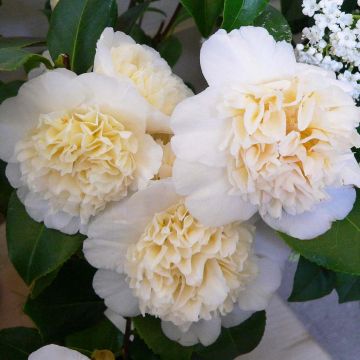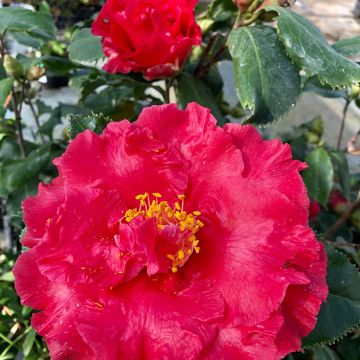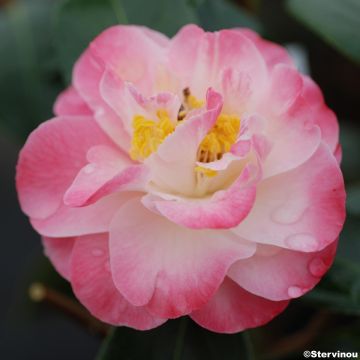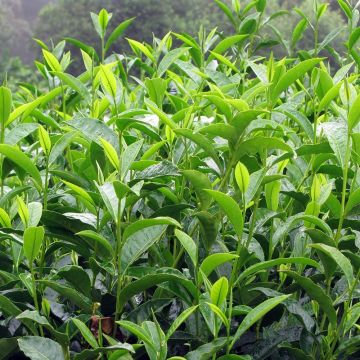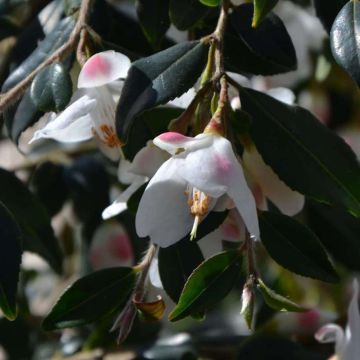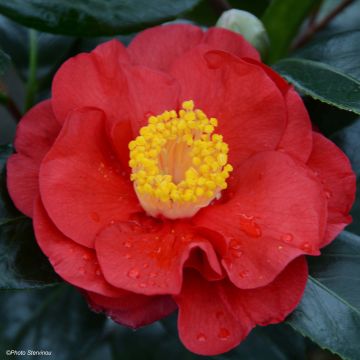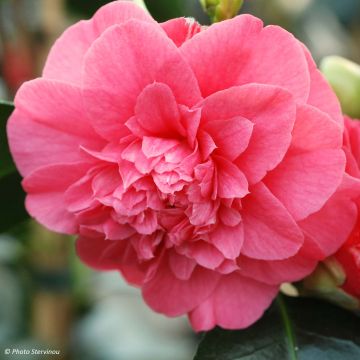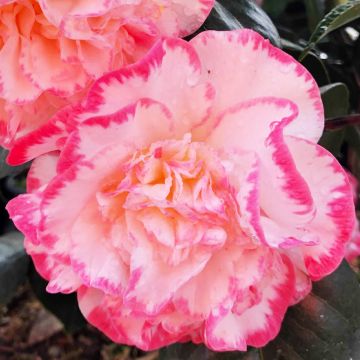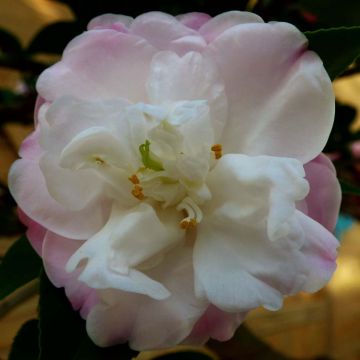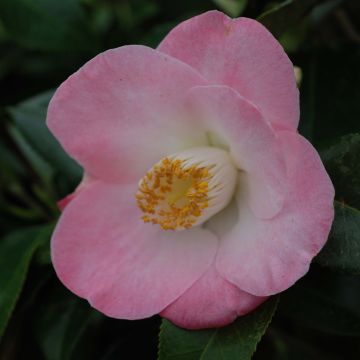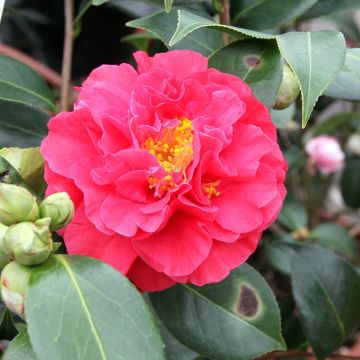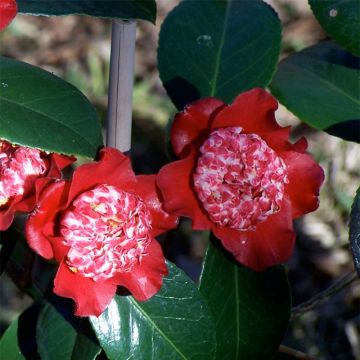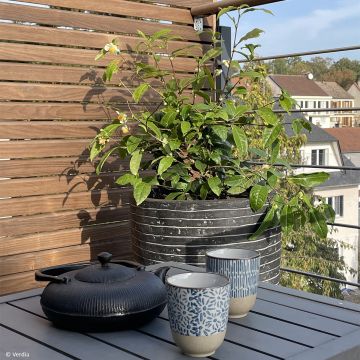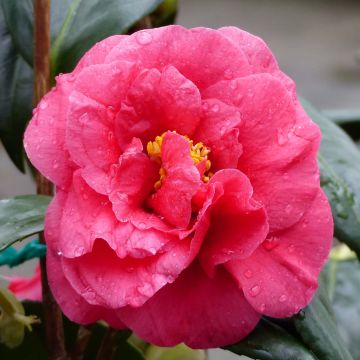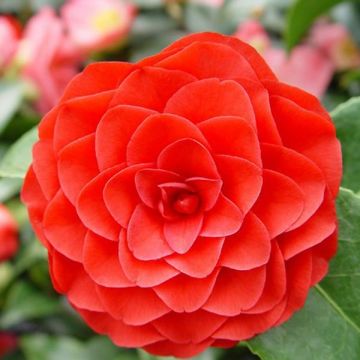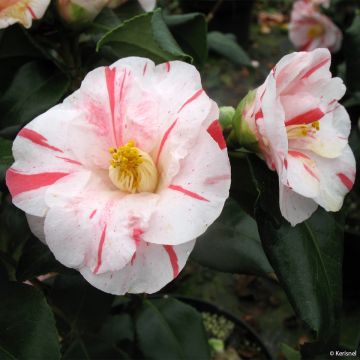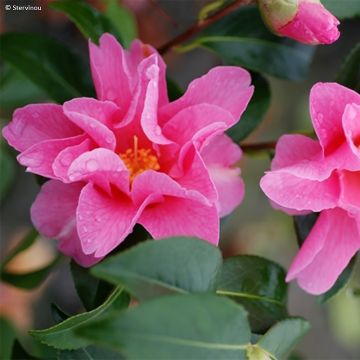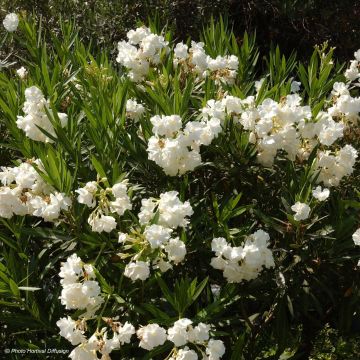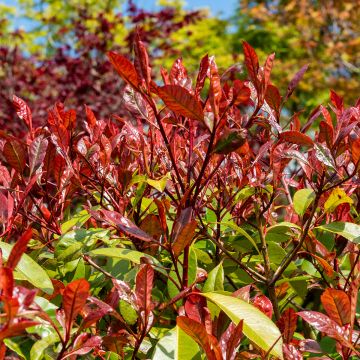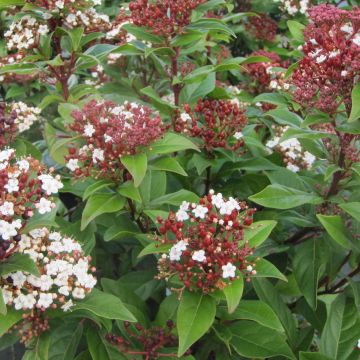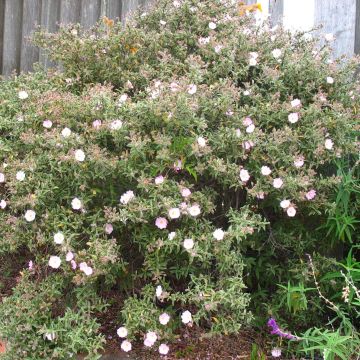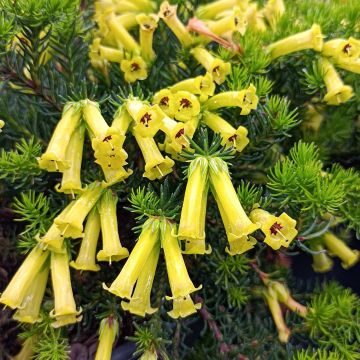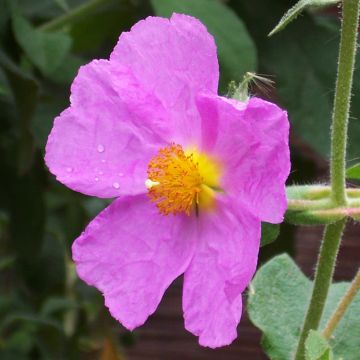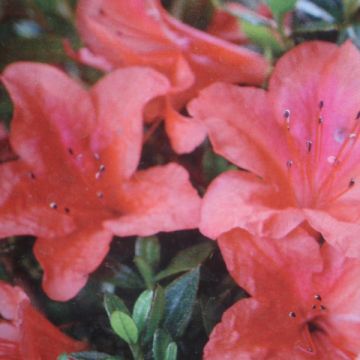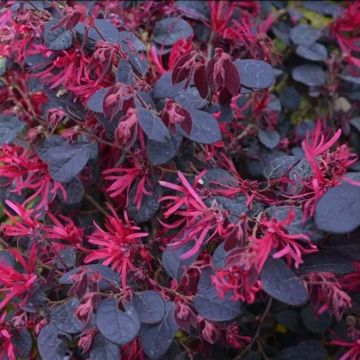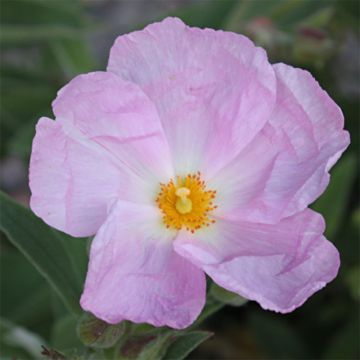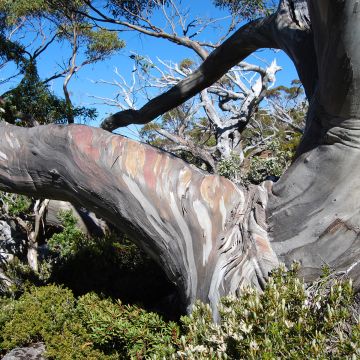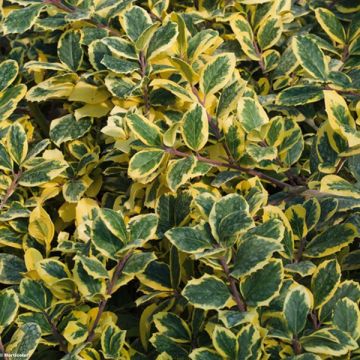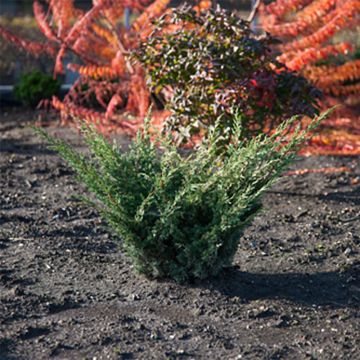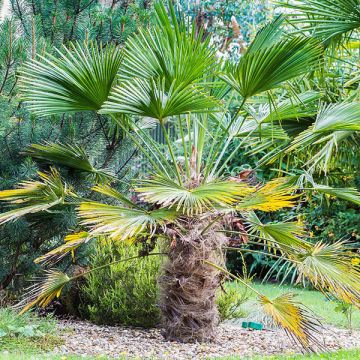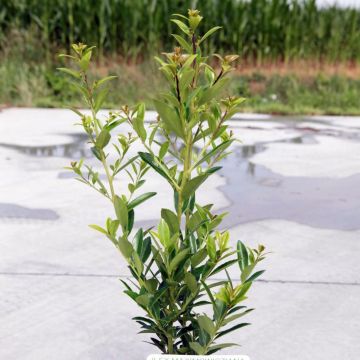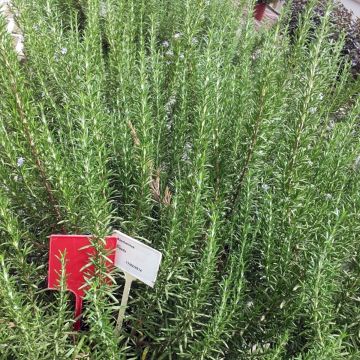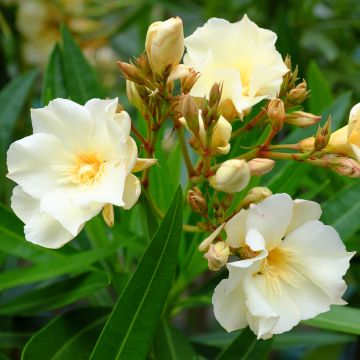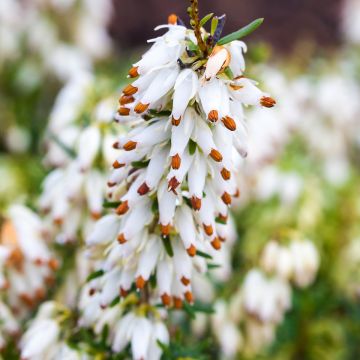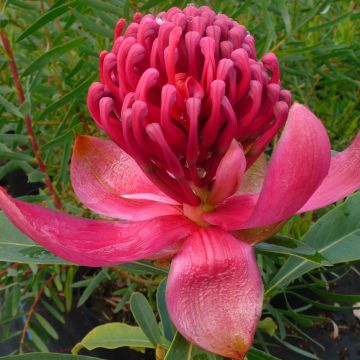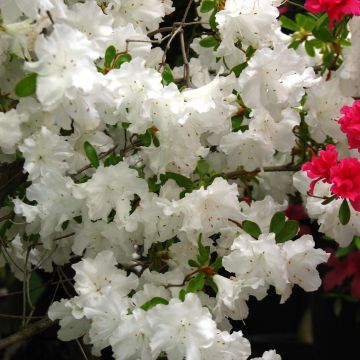Plantfit
Log in / Register
Existing customer?
New customer?
Create an account to track your orders, access our customer service and, if you wish, make the most of our upcoming offers.
My Account
Hello
Shipping country and language
Your country of residence may be:
For a better user experience on our website, you can select:
Your shipping country:
Andorra
Austria
Belgium
Bulgaria
Croatia
Czechia
Denmark
Estonia
Finland
France
Germany
Greece
Hungary
Iceland
Ireland
Italy
Latvia
Lithuania
Luxembourg
Monaco
Netherlands
Poland
Portugal
Romania
Slovakia
Slovenia
Spain
Sweden
Switzerland
Language:
French
English
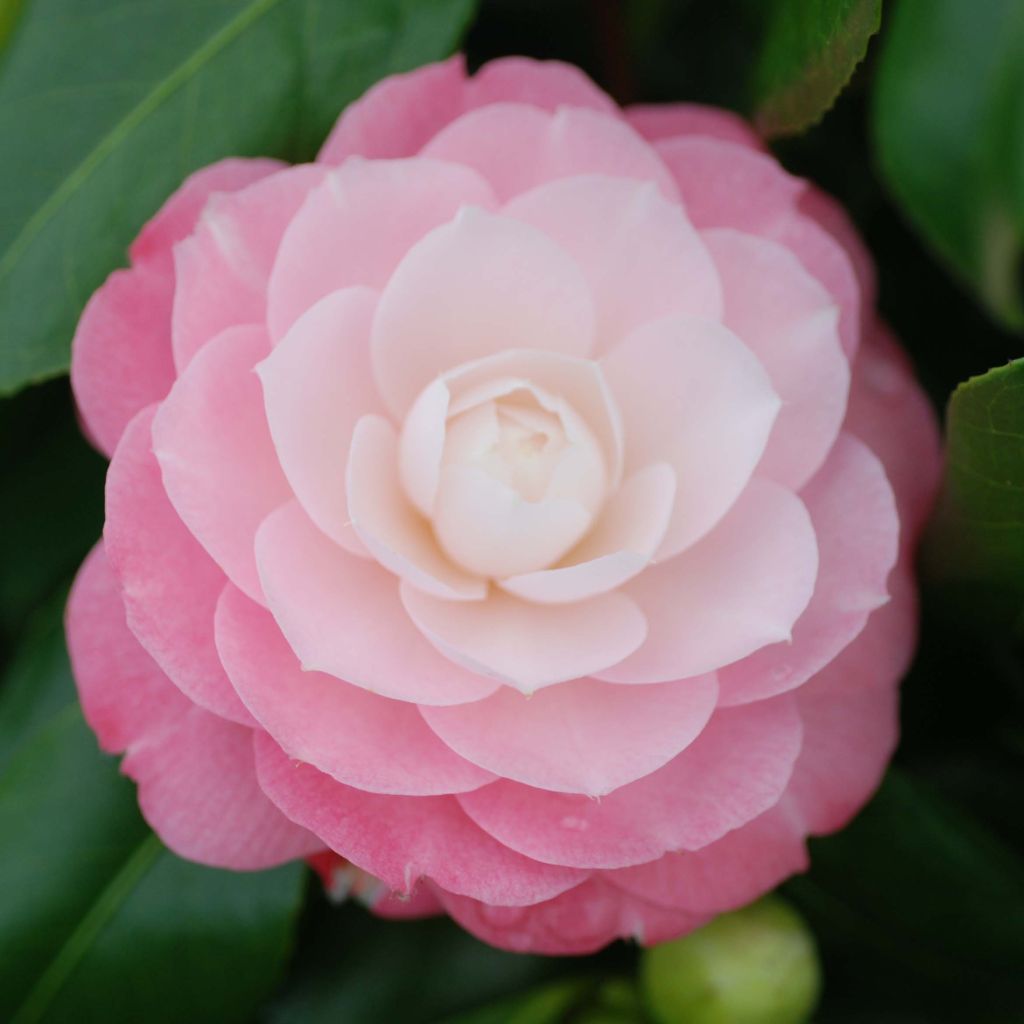

Classic Camellia - Camellia japonica Sweet Olive
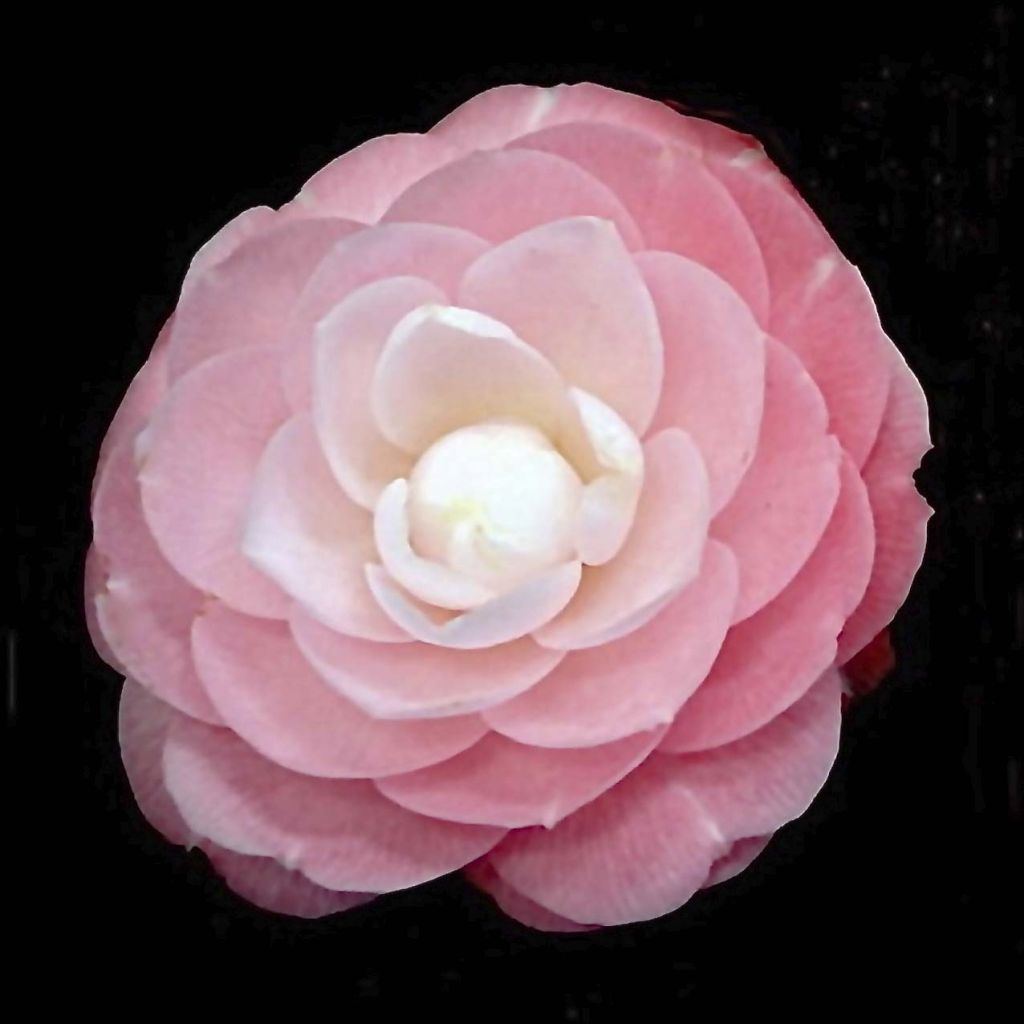

Camélia Sweet Olive - Camellia japonica
View more pictures
Hide images
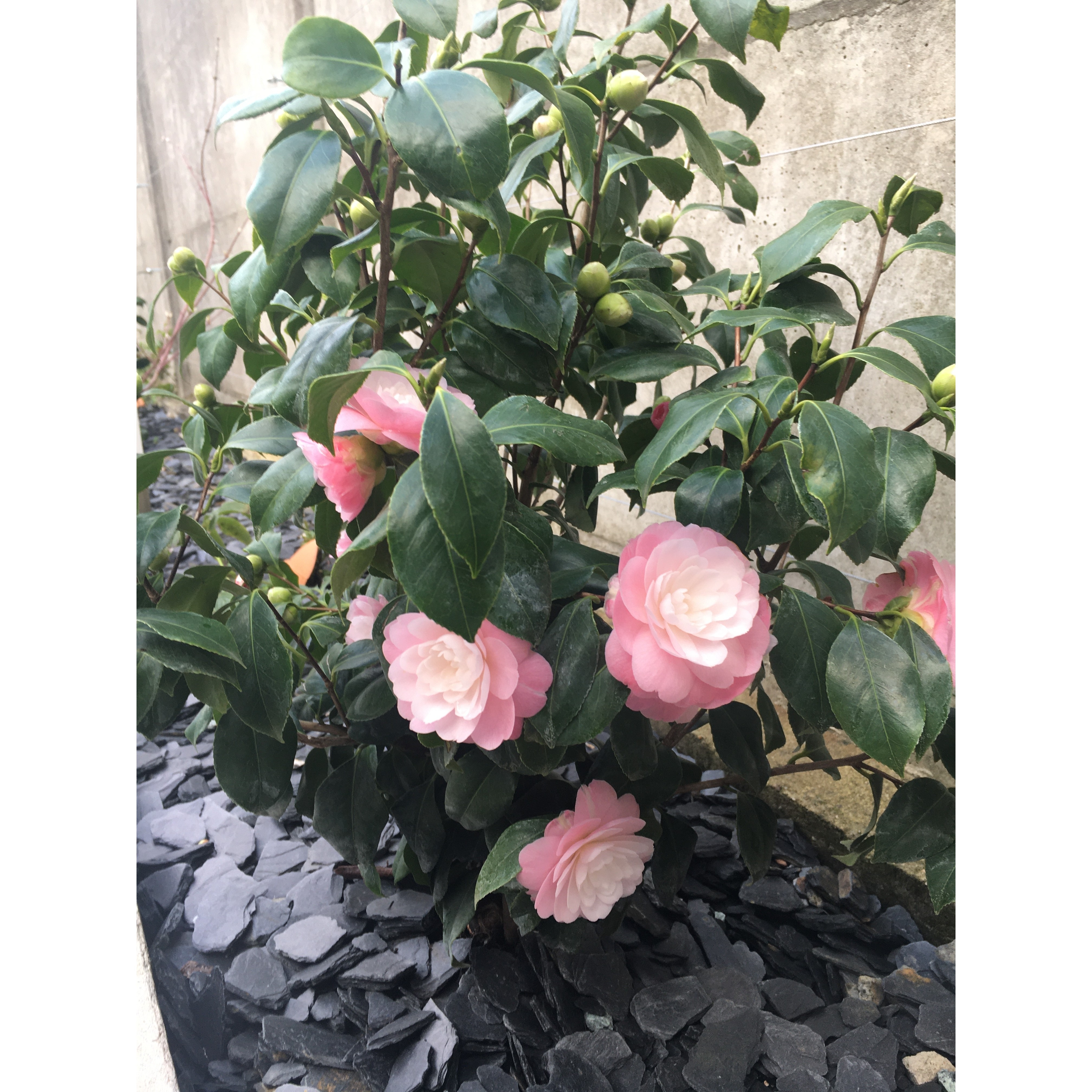
Olivia L.

Olivia L. • 78 FR
Classic Camellia - Camellia japonica Sweet Olive
Camellia japonica Sweet Olive
Japanese Camellia, Rose of winter
Young plant received in very good condition. I thank the preparers. I highly recommend Promise of Flowers.
Nathalie, 22/09/2020
Order in the next for dispatch today!
Dispatch by letter from €3.90.
Delivery charge from €5.90 Oversize package delivery charge from €6.90.
More information
This item is not available in your country.
Select delivery date,
and select date in basket
This plant carries a 24 months recovery warranty
More information
We guarantee the quality of our plants for a full growing cycle, and will replace at our expense any plant that fails to recover under normal climatic and planting conditions.
From €5.90 for pickup delivery and €6.90 for home delivery
Express home delivery from €8.90.
From €5.90 for pickup delivery and €6.90 for home delivery
Express home delivery from €8.90.

Does this plant fit my garden?
Set up your Plantfit profile →
Description
The Camellia 'Sweet Olive' is a lovely variety of Camellia japonica with imbricate flowers that is quite rare in the horticultural trade. Of medium stature, forming a beautiful rounded bush, it is adorned with delightful little perfectly formed double flowers, with a deep pink colour on the periphery, contrasting with an almost white centre. They bloom in early spring on a beautiful dark and glossy evergreen foliage, very ornamental. A decoration for the garden or terrace from the first beautiful days!
The 'Sweet Olive' Camellia, obtained in Australia in 1990, belongs to the family of tea plants, just like its ancestor, Camellia japonica. It is a bushy and erect shrub, with deep rooting, which will reach approximately 1.40m (4.6ft) in height and 1m in width at 10 years old. In March-April, it produces an abundance of small double flowers, with silky petals, regularly arranged in successive layers like scales. With a deep and warm pink colour on the periphery of the corolla, they display a beautiful gradient of pink that fades almost to white in the centre of the flower. In this type of camellia flower, the stamens are never visible. Its evergreen foliage is composed of large elliptical leaves, 10 to 12cm (4.7in) long, leathery, dark green and glossy on the upper side. Although this shrub is hardy down to -14°C (6.8°F) in open ground, its flowering may be compromised by snow, icy wind, and temperatures below -5°C (23°F).
The 'Sweet Olive' Japanese Camellia prefers mild and humid climates and thrives better in coastal regions, in acid, humus-rich, and well-drained soil. In terms of exposure, it will tolerate full sun in favourable climates, such as in Atlantic regions, but it will give its best in partial shade, protected from scorching sun and sheltered from strong winds. In the garden, you can plant it, for example, in a shrub bed, along with other acid-loving plants like Rhododendrons, Azaleas, Cornus Kousa, Japanese maples, or even Kalmia Latifolia. But it would be a shame to drown this delightful 'Sweet Olive' variety in a jumble of foliage or flowers. It deserves a special place, near the entrance of the house, or in a beautiful pot on the terrace, to be protected in winter in very cold climates.
Classic Camellia - Camellia japonica Sweet Olive in pictures
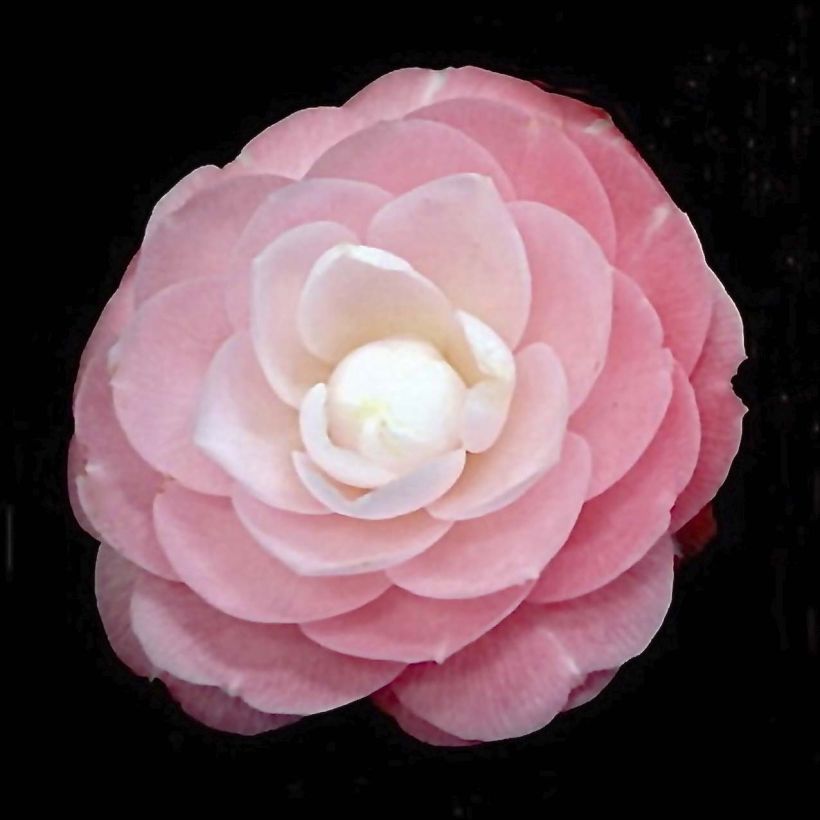

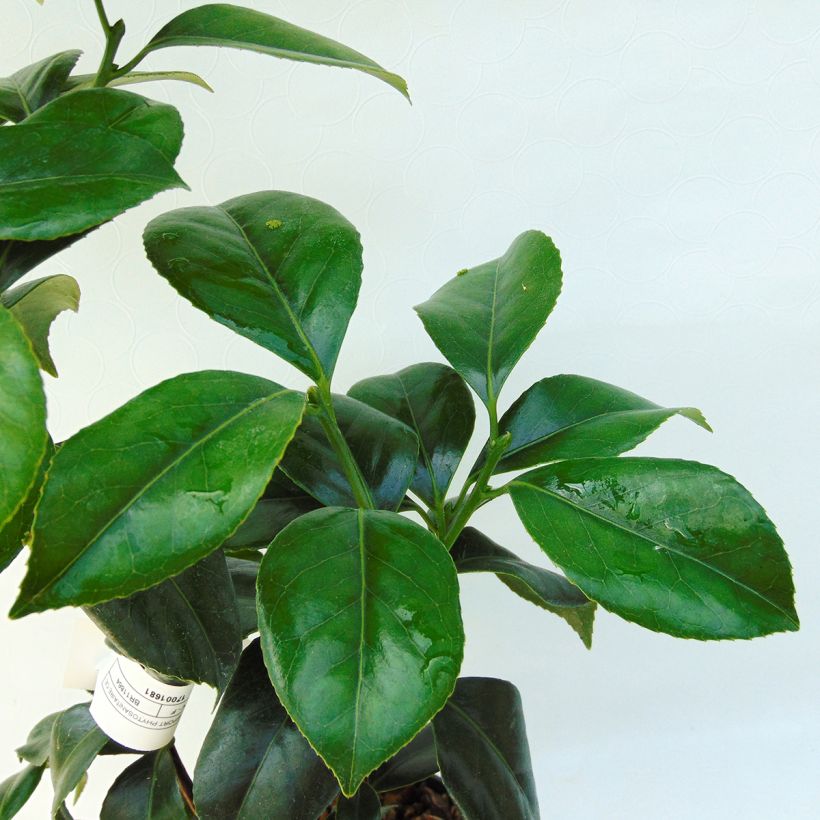

Plant habit
Flowering
Foliage
Botanical data
Camellia
japonica
Sweet Olive
Theaceae
Japanese Camellia, Rose of winter
Cultivar or hybrid
Planting and care
The Camellia 'Sweet Olive' tolerates full sun in favourable climates, such as in Atlantic regions, but it performs best in partial shade, protected from scorching sun and sheltered from strong winds. Plant it in a fertile, humus-rich, acidic, and well-drained soil. The shrub should not be planted too deeply, with the top of the root ball covered by 3cm (1.2in). In winter, cover it with a 5 to 7cm (2.8in) thick mulch composed of leaf compost and shredded bark. Beware of late frosts that can damage the flowers and buds. During dry periods water the shrub to prevent bud drop. It is recommended to plant the camellia in autumn to promote proper rooting and better flowering from the first year. Possible diseases include chlorosis caused by excess chalk, brown spots caused by sunburn on south-facing leaves, sooty mould, scale insects, and weevils.
Pruning is not necessary, and if done, it should be carried out shortly after flowering, before the emergence of new spring shoots, and sparingly. Most camellia hybrids do not recover from severe pruning.
Planting period
Intended location
Care
- , onOrder confirmed
Reply from on Promesse de fleurs
Evergreen shrubs
Haven't found what you were looking for?
Hardiness is the lowest winter temperature a plant can endure without suffering serious damage or even dying. However, hardiness is affected by location (a sheltered area, such as a patio), protection (winter cover) and soil type (hardiness is improved by well-drained soil).

Photo Sharing Terms & Conditions
In order to encourage gardeners to interact and share their experiences, Promesse de fleurs offers various media enabling content to be uploaded onto its Site - in particular via the ‘Photo sharing’ module.
The User agrees to refrain from:
- Posting any content that is illegal, prejudicial, insulting, racist, inciteful to hatred, revisionist, contrary to public decency, that infringes on privacy or on the privacy rights of third parties, in particular the publicity rights of persons and goods, intellectual property rights, or the right to privacy.
- Submitting content on behalf of a third party;
- Impersonate the identity of a third party and/or publish any personal information about a third party;
In general, the User undertakes to refrain from any unethical behaviour.
All Content (in particular text, comments, files, images, photos, videos, creative works, etc.), which may be subject to property or intellectual property rights, image or other private rights, shall remain the property of the User, subject to the limited rights granted by the terms of the licence granted by Promesse de fleurs as stated below. Users are at liberty to publish or not to publish such Content on the Site, notably via the ‘Photo Sharing’ facility, and accept that this Content shall be made public and freely accessible, notably on the Internet.
Users further acknowledge, undertake to have ,and guarantee that they hold all necessary rights and permissions to publish such material on the Site, in particular with regard to the legislation in force pertaining to any privacy, property, intellectual property, image, or contractual rights, or rights of any other nature. By publishing such Content on the Site, Users acknowledge accepting full liability as publishers of the Content within the meaning of the law, and grant Promesse de fleurs, free of charge, an inclusive, worldwide licence for the said Content for the entire duration of its publication, including all reproduction, representation, up/downloading, displaying, performing, transmission, and storage rights.
Users also grant permission for their name to be linked to the Content and accept that this link may not always be made available.
By engaging in posting material, Users consent to their Content becoming automatically accessible on the Internet, in particular on other sites and/or blogs and/or web pages of the Promesse de fleurs site, including in particular social pages and the Promesse de fleurs catalogue.
Users may secure the removal of entrusted content free of charge by issuing a simple request via our contact form.
The flowering period indicated on our website applies to countries and regions located in USDA zone 8 (France, the United Kingdom, Ireland, the Netherlands, etc.)
It will vary according to where you live:
- In zones 9 to 10 (Italy, Spain, Greece, etc.), flowering will occur about 2 to 4 weeks earlier.
- In zones 6 to 7 (Germany, Poland, Slovenia, and lower mountainous regions), flowering will be delayed by 2 to 3 weeks.
- In zone 5 (Central Europe, Scandinavia), blooming will be delayed by 3 to 5 weeks.
In temperate climates, pruning of spring-flowering shrubs (forsythia, spireas, etc.) should be done just after flowering.
Pruning of summer-flowering shrubs (Indian Lilac, Perovskia, etc.) can be done in winter or spring.
In cold regions as well as with frost-sensitive plants, avoid pruning too early when severe frosts may still occur.
The planting period indicated on our website applies to countries and regions located in USDA zone 8 (France, United Kingdom, Ireland, Netherlands).
It will vary according to where you live:
- In Mediterranean zones (Marseille, Madrid, Milan, etc.), autumn and winter are the best planting periods.
- In continental zones (Strasbourg, Munich, Vienna, etc.), delay planting by 2 to 3 weeks in spring and bring it forward by 2 to 4 weeks in autumn.
- In mountainous regions (the Alps, Pyrenees, Carpathians, etc.), it is best to plant in late spring (May-June) or late summer (August-September).
The harvesting period indicated on our website applies to countries and regions in USDA zone 8 (France, England, Ireland, the Netherlands).
In colder areas (Scandinavia, Poland, Austria...) fruit and vegetable harvests are likely to be delayed by 3-4 weeks.
In warmer areas (Italy, Spain, Greece, etc.), harvesting will probably take place earlier, depending on weather conditions.
The sowing periods indicated on our website apply to countries and regions within USDA Zone 8 (France, UK, Ireland, Netherlands).
In colder areas (Scandinavia, Poland, Austria...), delay any outdoor sowing by 3-4 weeks, or sow under glass.
In warmer climes (Italy, Spain, Greece, etc.), bring outdoor sowing forward by a few weeks.
